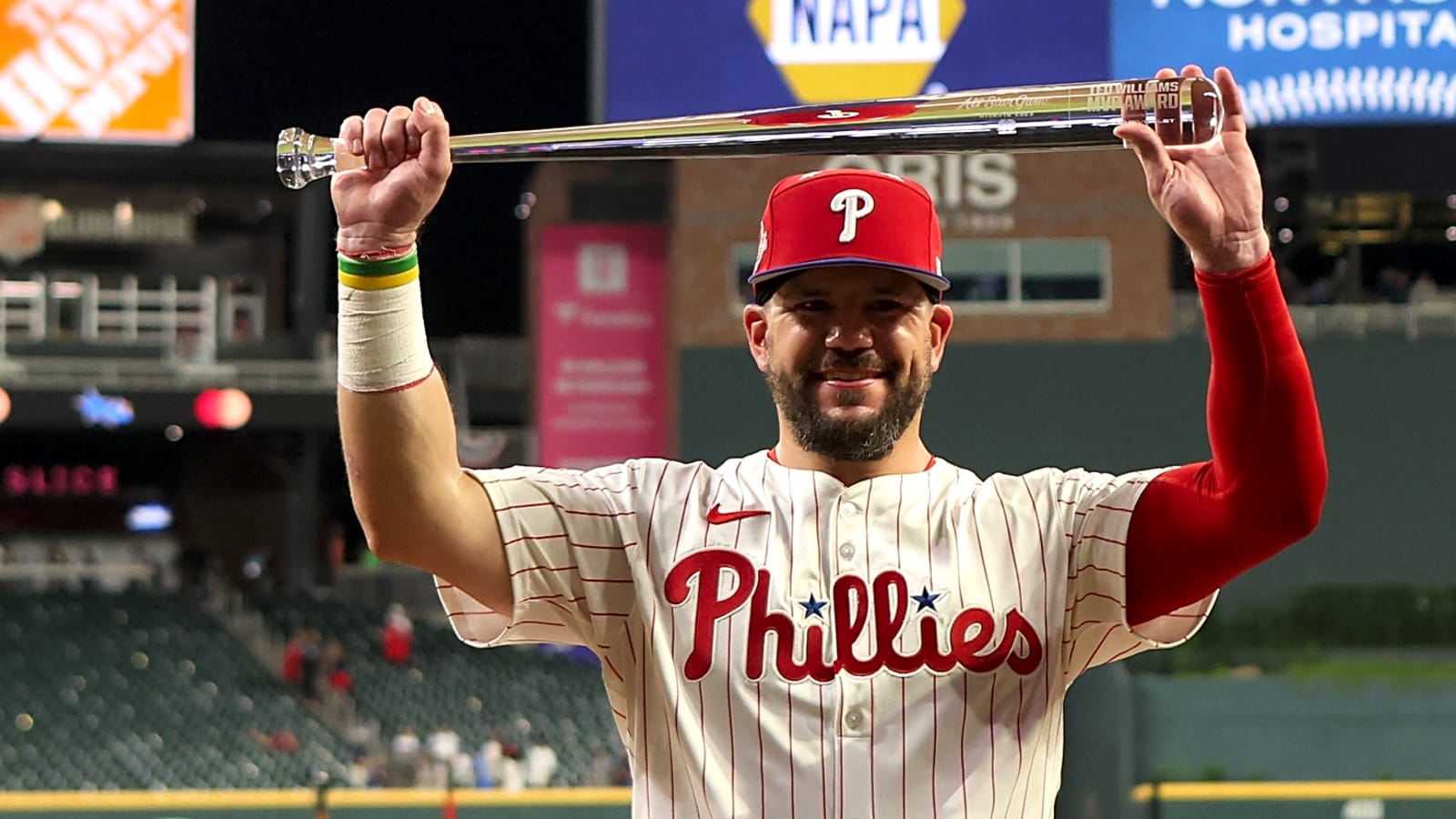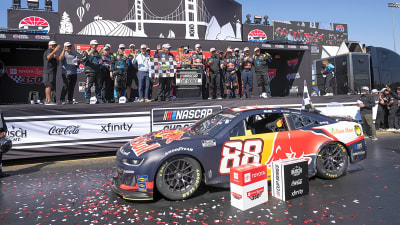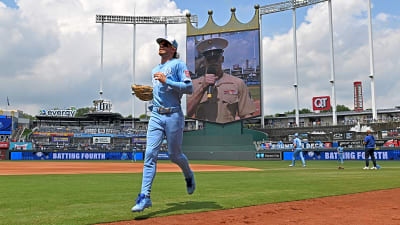
Six takeaways from the 2025 MLB All-Star Game
On Tuesday, baseball’s brightest stars took the field at Truist Park in Atlanta for the 95th MLB All-Star Game. The best players from the American and National Leagues faced off in a showcase of the top talent in the majors.
Here are six key takeaways from this year’s Midsummer Classic:
6. Paul Skenes' start makes history
In only his second season in the majors, Paul Skenes has already earned All-Star honors twice — starting on the mound for the NL both times. He’s the first pitcher in MLB history to start the All-Star Game in each of his first two seasons. In Tuesday's appearance, Skenes delivered a dominant inning: no hits, no walks, no runs and two strikeouts.
5. Clayton Kershaw shined in potential All-Star farewell
In his 18th MLB season, Kershaw earned the All-Star Game’s “Legend Pick” honor, making it his 11th selection to the Midsummer Classic. Pitching in what might be his final All-Star showing, the veteran faced two batters — Cal Raleigh and Vladimir Guerrero Jr. — retiring both, including a strikeout of Guerrero Jr.
4. Corbin Carroll becomes first Diamondback to hit a home run in the All-Star Game
Coming off the bench in the bottom of the sixth inning, Carroll made franchise history in one swing. With a 414-foot blast to right field, he became the first player in Arizona Diamondbacks history to hit a home run in an All-Star Game.
No @Dbacks player had ever homered in the #AllStarGame ... until Corbin Carroll! pic.twitter.com/vDLb5svXKk
— MLB (@MLB) July 16, 2025
3. Hank Aaron honored in Atlanta
Baseball Hall of Famer Hank Aaron was celebrated with a tribute to his iconic 715th home run — the swing that broke Babe Ruth’s longstanding home run record. Following the sixth inning, the field was overlayed with a projection mapping, depicting Aaron's historic moment.
Honoring 715 on 7.15 ❤️ pic.twitter.com/SVx8IN77bC
— MLB (@MLB) July 16, 2025
2. The ABS challenge system is good for baseball
The Automated Ball-Strike (ABS) challenge system — allowing batters, pitchers and catchers to contest called balls and strikes — was on full display during the All-Star Game. Its first usage came in the top of the first inning when Tarik Skubal’s strike three was ruled a ball. Both Skubal and catcher Cal Raleigh asked to challenge the call, and the review confirmed the pitch as a strike. The successful challenge showed what the ABS could bring to MLB if it gets approved.
Another pivotal moment where the ABS challenge system was used occurred in the top of the ninth, with two outs and an 0–2 count. Edwin Diaz delivered a strike three to Randy Arozarena, but the pitch was called a ball. Diaz immediately challenged the call, and upon review, the ABS system overturned it — confirming the pitch had clipped the strike zone.
To the bottom of the 9th we go, ALL TIED UP #AllStarGame pic.twitter.com/gAm7djZpOW
— MLB (@MLB) July 16, 2025
1. First-ever swing-off decides All-Star Game
In 2022, MLB introduced a new rule to determine the winner of the All-Star Game in the event of extra innings — a swing-off. This format made its debut, adding an electrifying twist to determine the winner. The swing-off rules are simple: each team selects three players, and each player gets three swings to hit as many home runs as possible. With the game tied 6-6 after nine innings, the swing-off got its first appearance.
In the first-ever swing-off, the NL edged out the AL with a 4–3 victory. Kyle Schwarber delivered a flawless performance, hitting a hat trick of bombs, leading the NL to the win. Schwarber’s round earned him the All-Star Game MVP, making him the second player in Phillies history to receive the honor — joining Johnny Callison, who won it in 1964.
#AllStarGame Swing-off
— MLB (@MLB) July 16, 2025
AL - 3
NL - 4
Kyle Schwarber GIVES THE NL THE LEAD! pic.twitter.com/NPZJciVTYn
More must-reads:
- All-Star appearances shine a spotlight on Pirates' incompetence
- MLB commissioner defends adding Brewers pitcher to All-Star Game
- The 'No. 1 overall MLB Draft picks' quiz
Breaking News
Trending News
Customize Your Newsletter
 +
+
Get the latest news and rumors, customized to your favorite sports and teams. Emailed daily. Always free!








